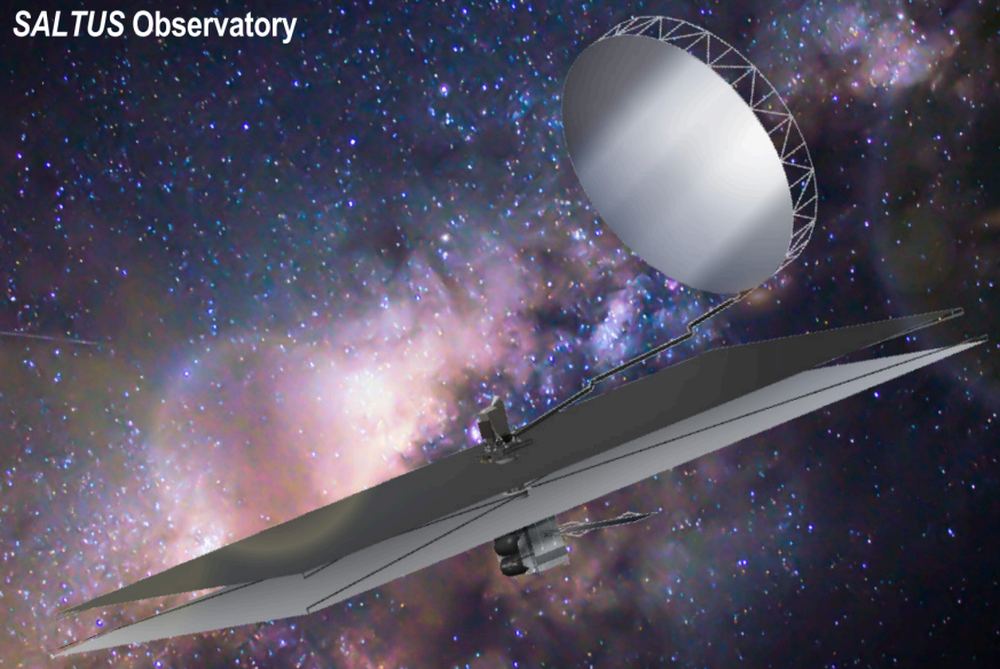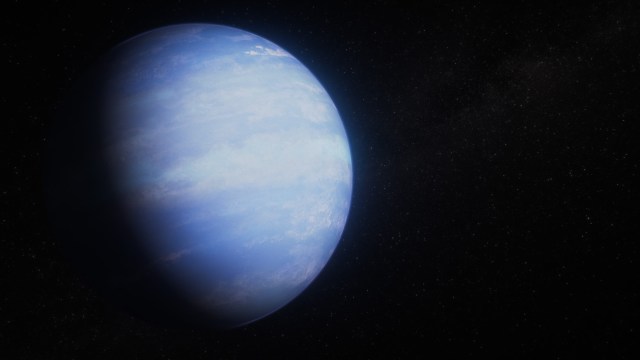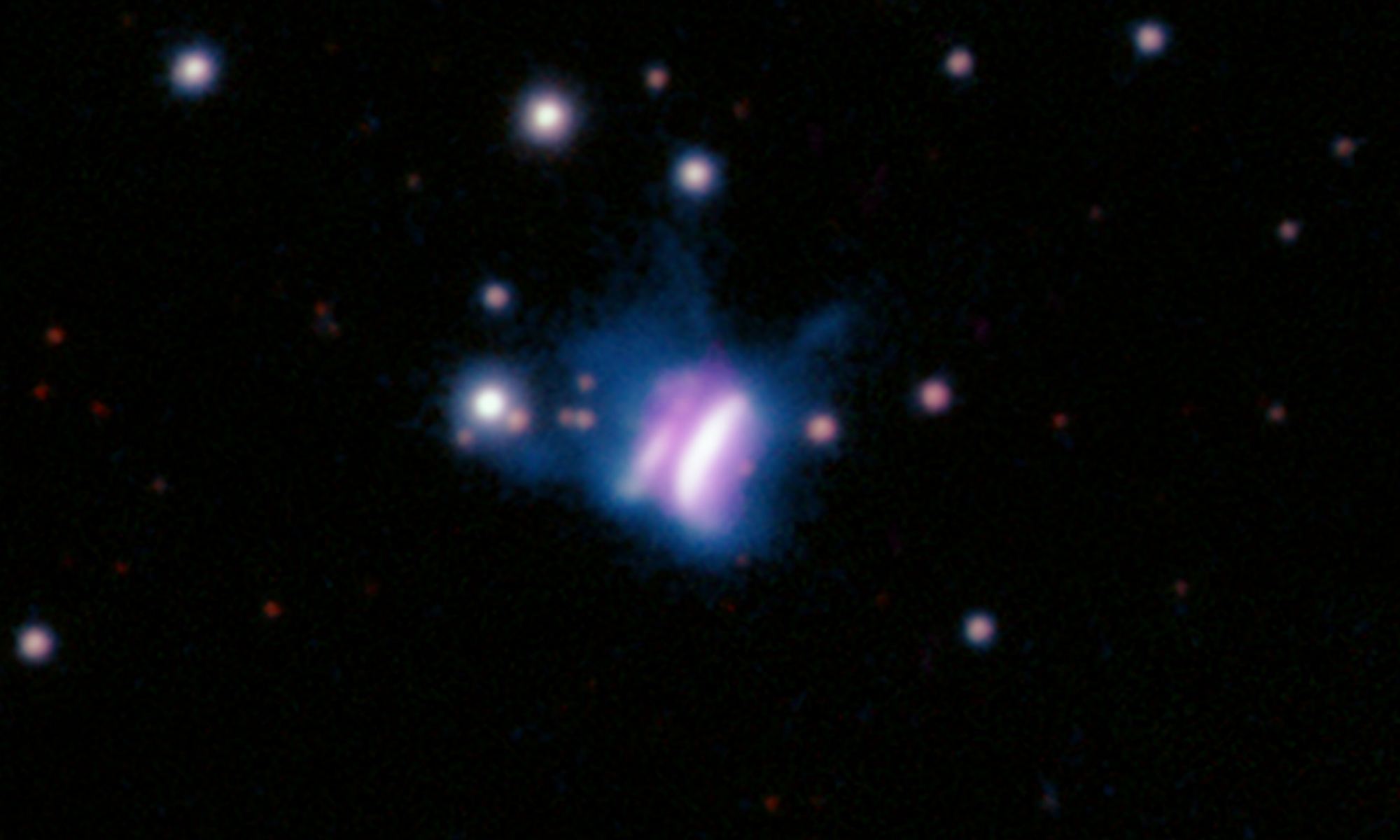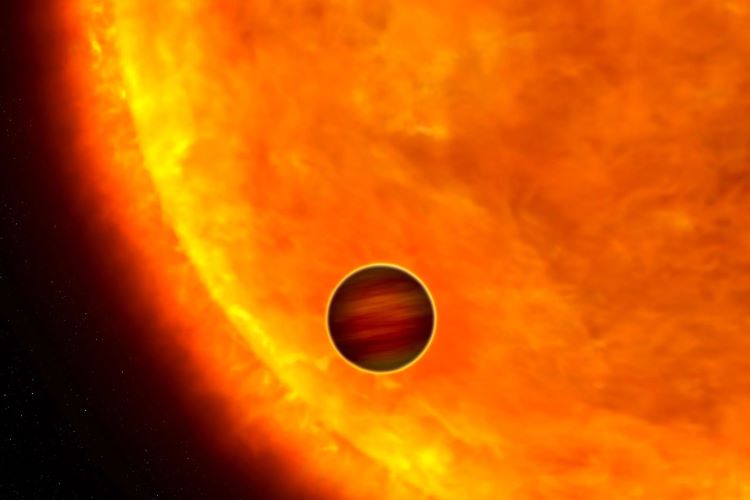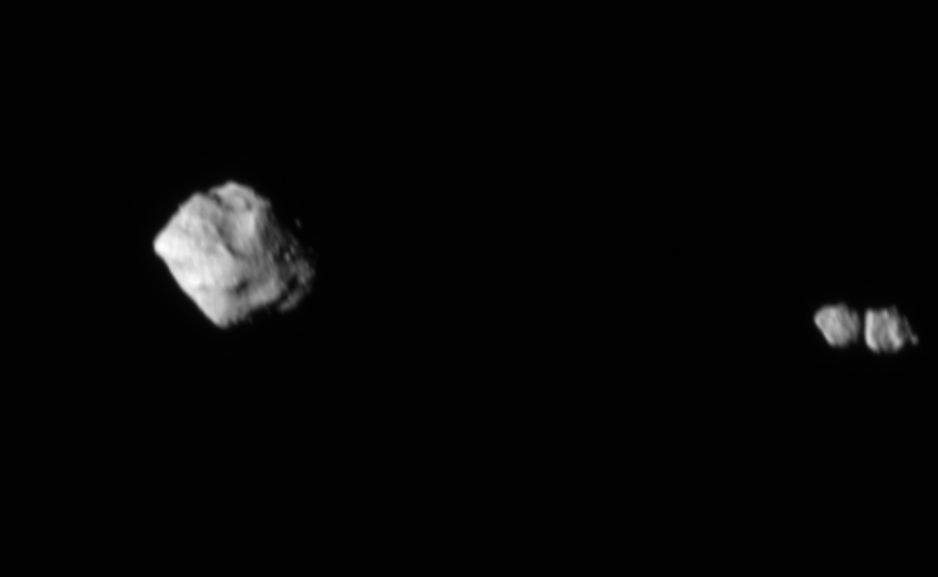The Universe wants us to understand its origins. Every second of every day, it sends us a multitude of signals, each one a clue to a different aspect of the cosmos. But the Universe is the original Trickster, and its multitude of signals is an almost unrecognizable cacophony of light, warped, shifted, and stretched during its long journey through the expanding Universe.
Continue reading “Astronomers Propose a 14-Meter Infrared Space Telescope”Astronomers Propose a 14-Meter Infrared Space Telescope
